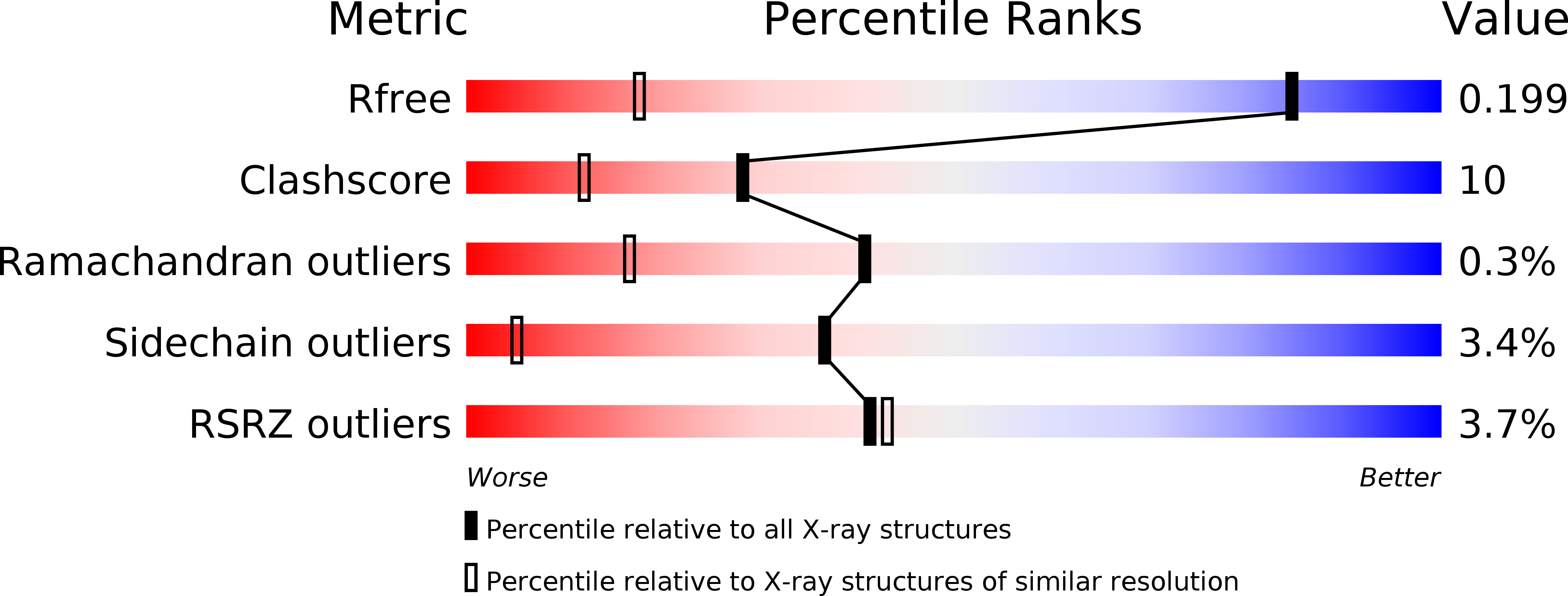
Deposition Date
2012-04-12
Release Date
2013-02-27
Last Version Date
2024-10-16
Entry Detail
PDB ID:
4EMN
Keywords:
Title:
Crystal structure of RpfB catalytic domain in complex with benzamidine
Biological Source:
Source Organism:
Mycobacterium tuberculosis (Taxon ID: 1773)
Host Organism:
Method Details:
Experimental Method:
Resolution:
1.17 Å
R-Value Free:
0.18
R-Value Work:
0.12
R-Value Observed:
0.12
Space Group:
P 1 21 1


